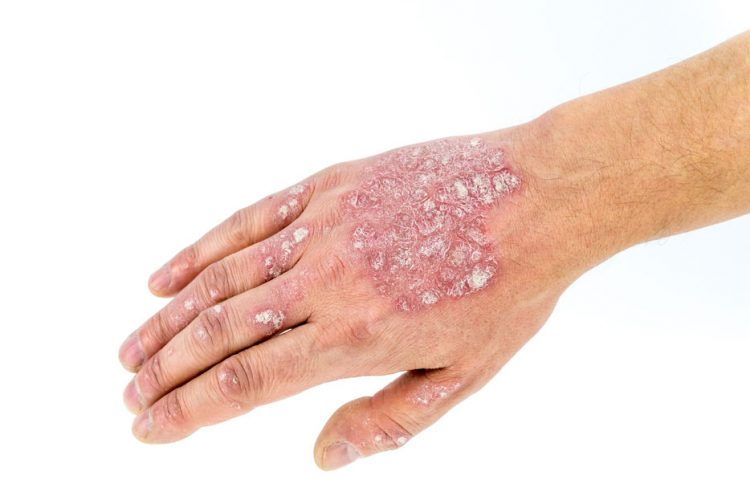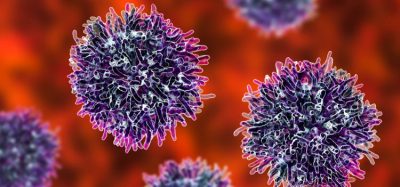Venomous compounds may lead to better skin treatments
Posted: 11 September 2017 | Dr Zara Kassam (Drug Target Review) | No comments yet
Compounds derived from fire ant venom can reduce skin thickening and inflammation in psoriasis…


Topical steroids are now most frequently used for mild to moderate psoriasis, but they have side effects such as skin thinning and easy bruising. Solenopsins are the main toxic components of fire ant venom. They chemically resemble ceramides, which are lipid-like molecules essential for maintaining the barrier function of the skin.
Ceramides can act as a double-edged sword, says lead author Dr Jack Arbiser, Professor of Dermatology at Emory University School of Medicine. Under certain conditions, they can be converted by cells into S1P (sphingosine-1-phosphate), an inflammatory molecule.
Dr Arbiser and his colleagues devised two solenopsin analogues that look like ceramides, but can’t be degraded into S1P. They then tested them in a mouse model of psoriasis, applying the compounds in a one percent skin cream for 28 days.
The mice treated with solenopsin analogues displayed decreases in skin thickness compared with controls. The treated mice also had fewer immune cells infiltrating the skin. When applied to immune cells in culture, the compounds decreased the cells’ production of the inflammatory signal IL-22 and increased production of anti-inflammatory IL-12.
Biomarkers aren’t just supporting drug discovery – they’re driving it
FREE market report
From smarter trials to faster insights, this report unpacks the science, strategy and real-world impact behind the next generation of precision therapies.
What you’ll unlock:
- How biomarkers are guiding dose selection and early efficacy decisions in complex trials
- Why multi-omics, liquid biopsy and digital tools are redefining the discovery process
- What makes lab data regulatory-ready and why alignment matters from day one
Explore how biomarkers are shaping early drug development
Access the full report – it’s free!
“We believe that solenopsin analogues are contributing to the full restoration of the barrier function in the skin,” said Dr Arbiser says. “Emollients can soothe the skin in psoriasis, but they are not sufficient for restoration of the barrier.”
The scientists also looked at how patterns of gene activity were changed in the skins of the mice after treatment. Solenopsin analogue application turned down genes that are turned up by current treatments such as steroids and ultraviolet light.
“This may be compensatory and a mechanism of resistance to anti-psoriasis therapy, and it suggests that the solenopsin compounds could be used in combination with existing approaches,” said Dr Arbiser.
Emory and Case Western scientists have previously shown that solenopsin is an inhibitor of blood vessel growth and has potential as an anticancer agent.
Systemic toxicity for the solenopsin derivatives has not been tested, but Dr Arbiser has said systemic toxicity would not necessarily preclude use in skin diseases, citing the example of an external application of botulinum toxin.
The results are scheduled for publication in Scientific Reports.
Related topics
Research & Development, Therapeutics
Related conditions
Psoriasis
Related organisations
Emory University School of Medicine.
Related people
Dr Jack Arbiser







